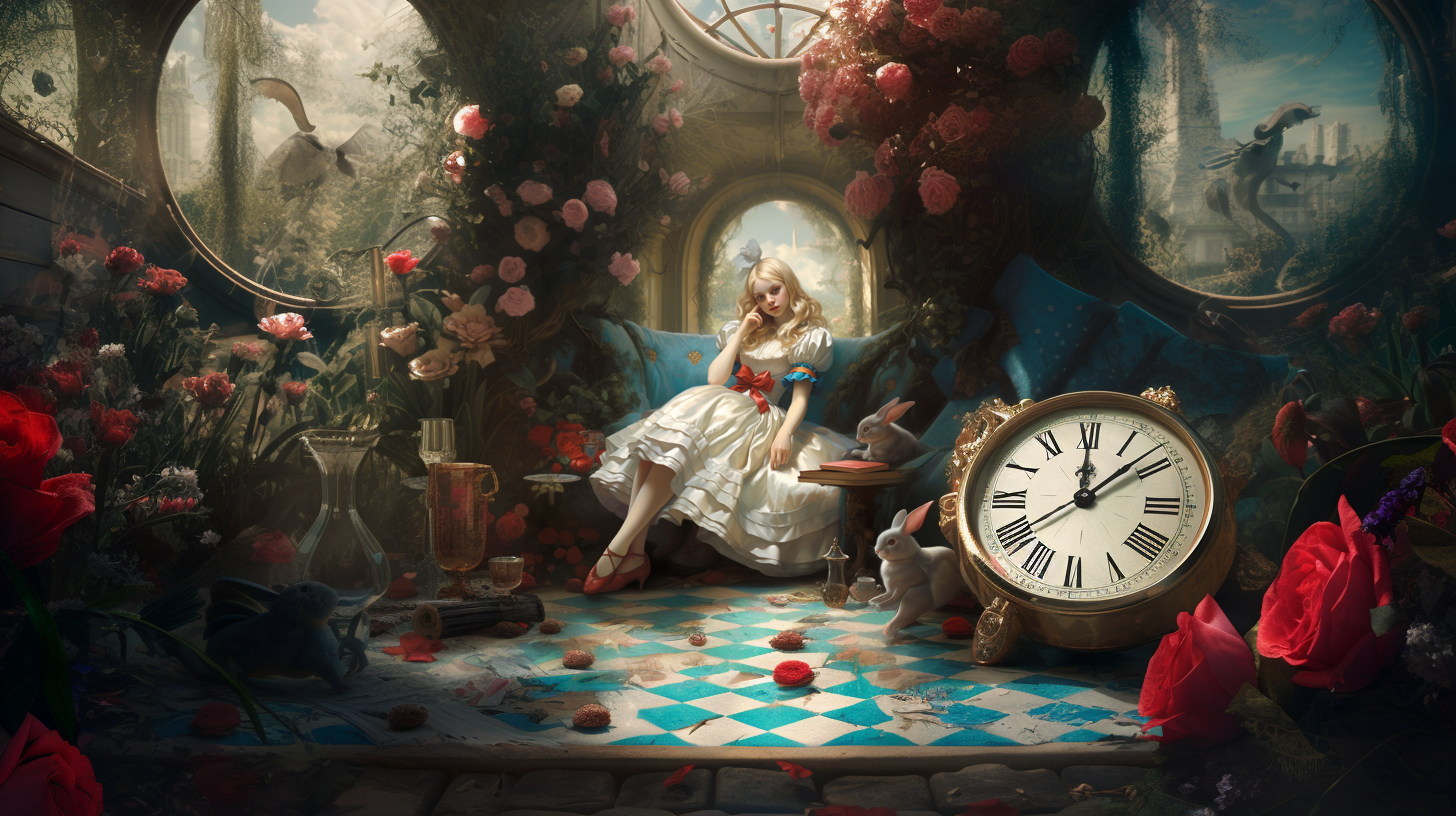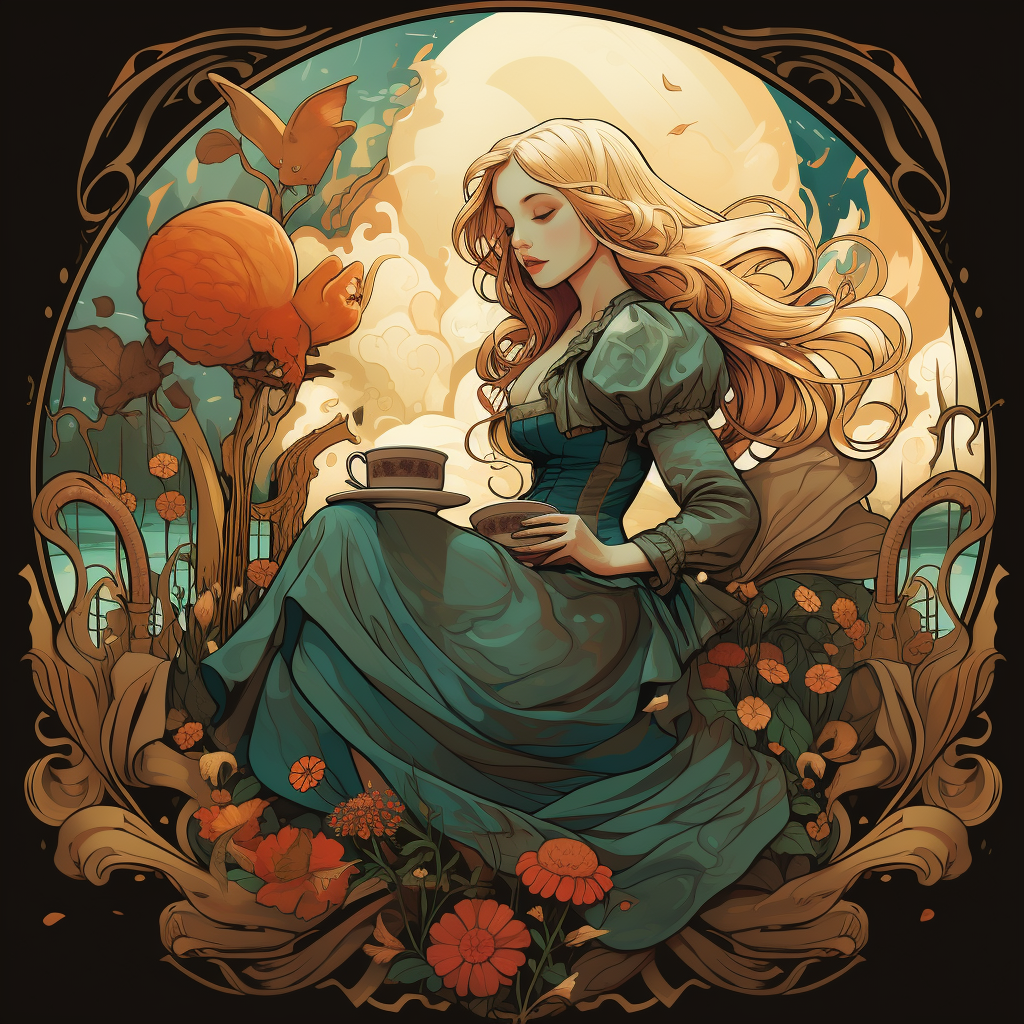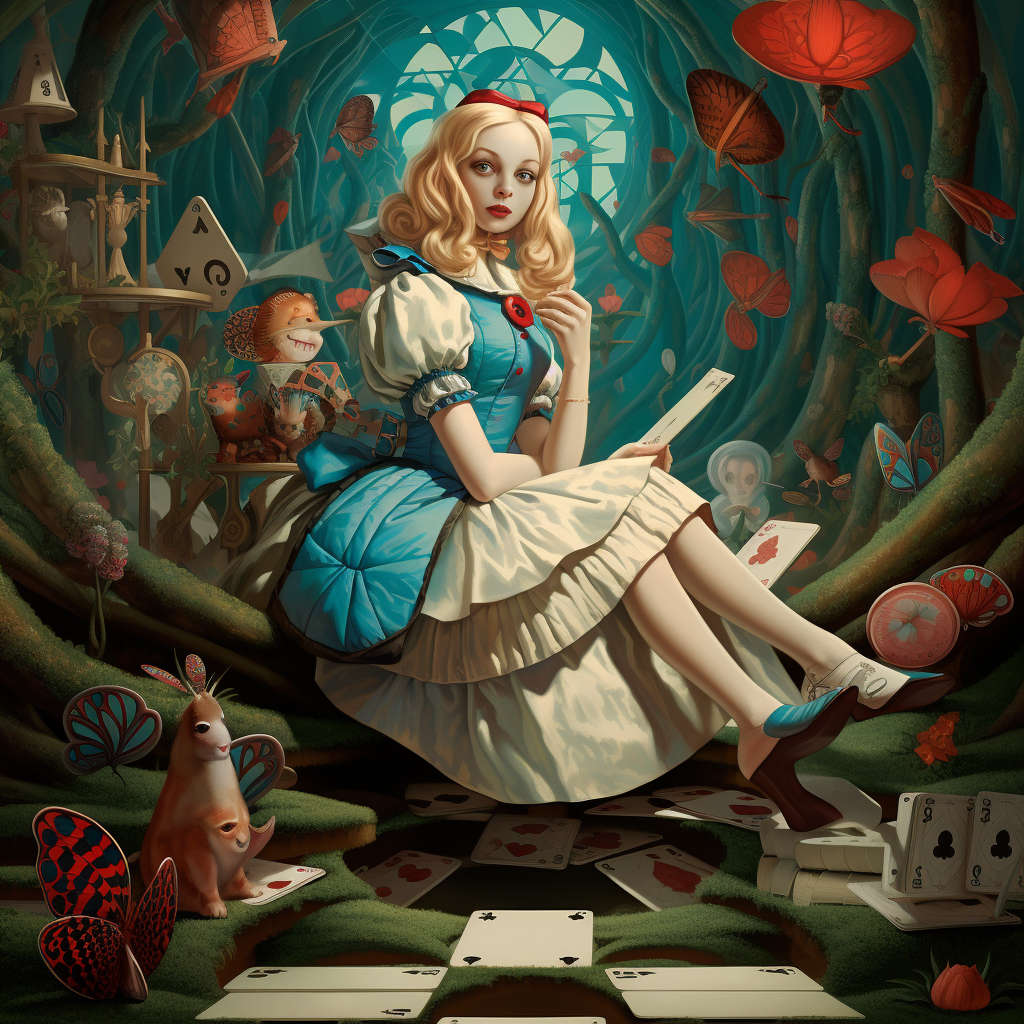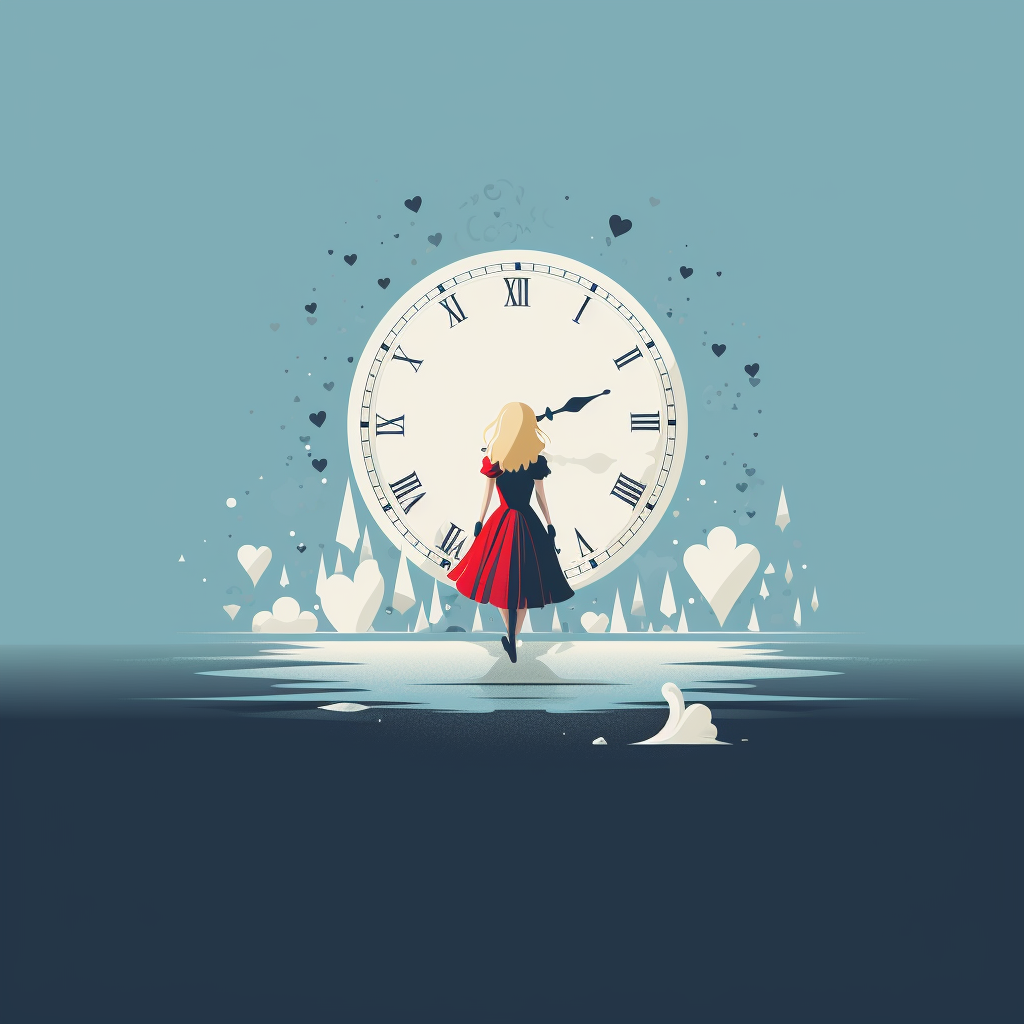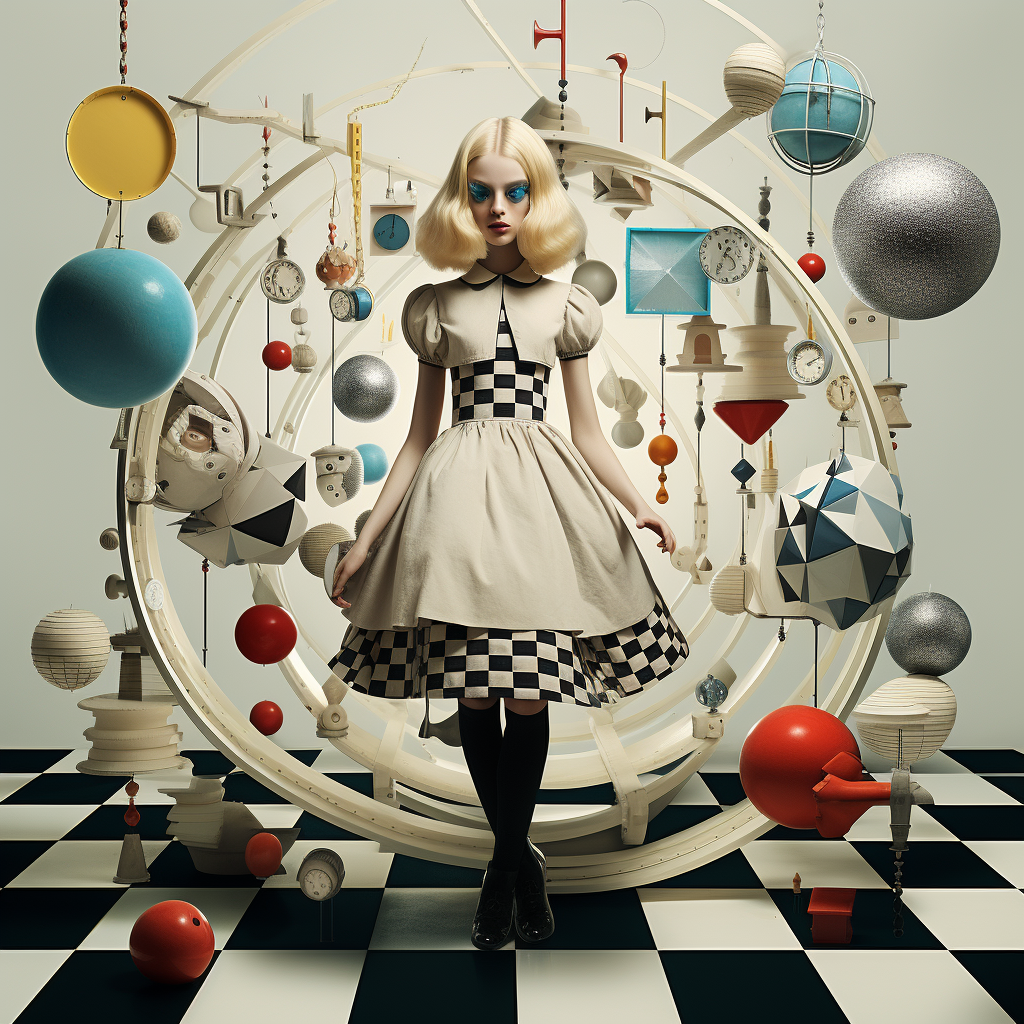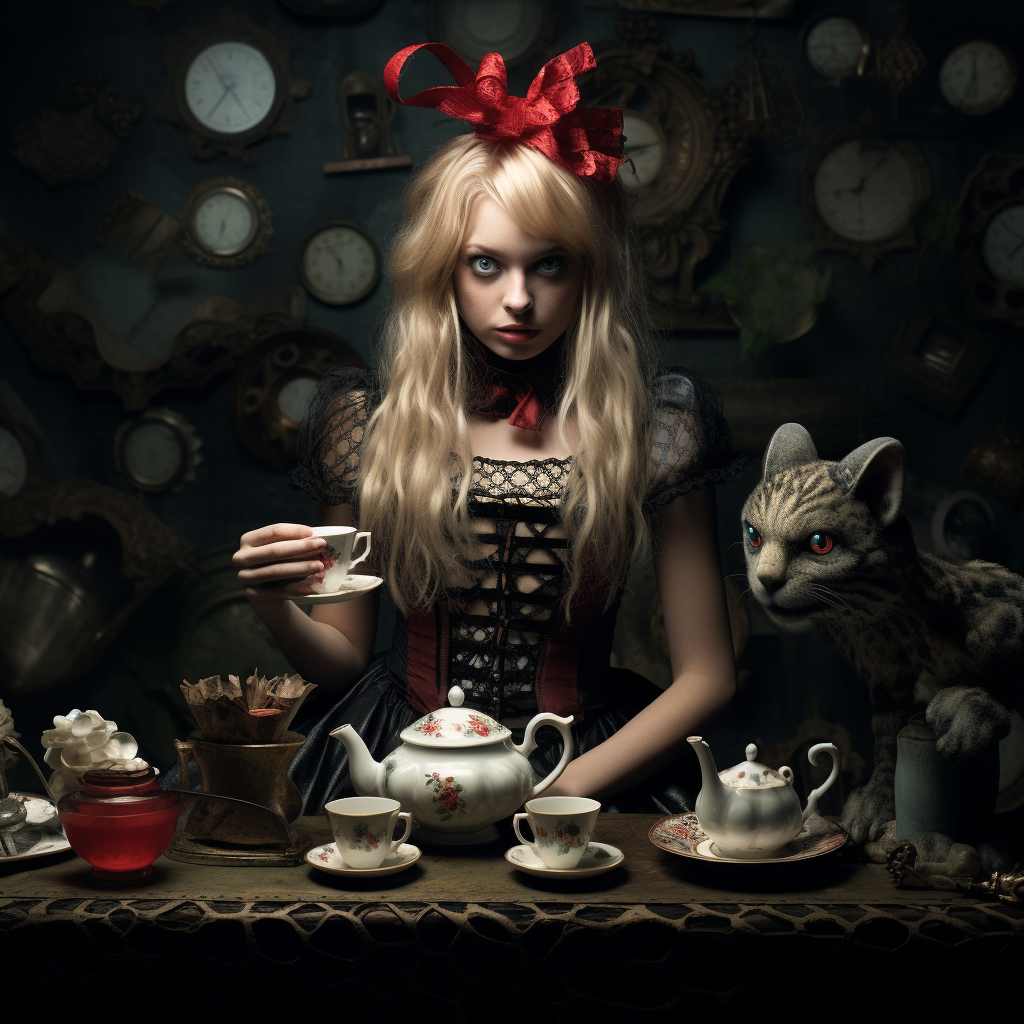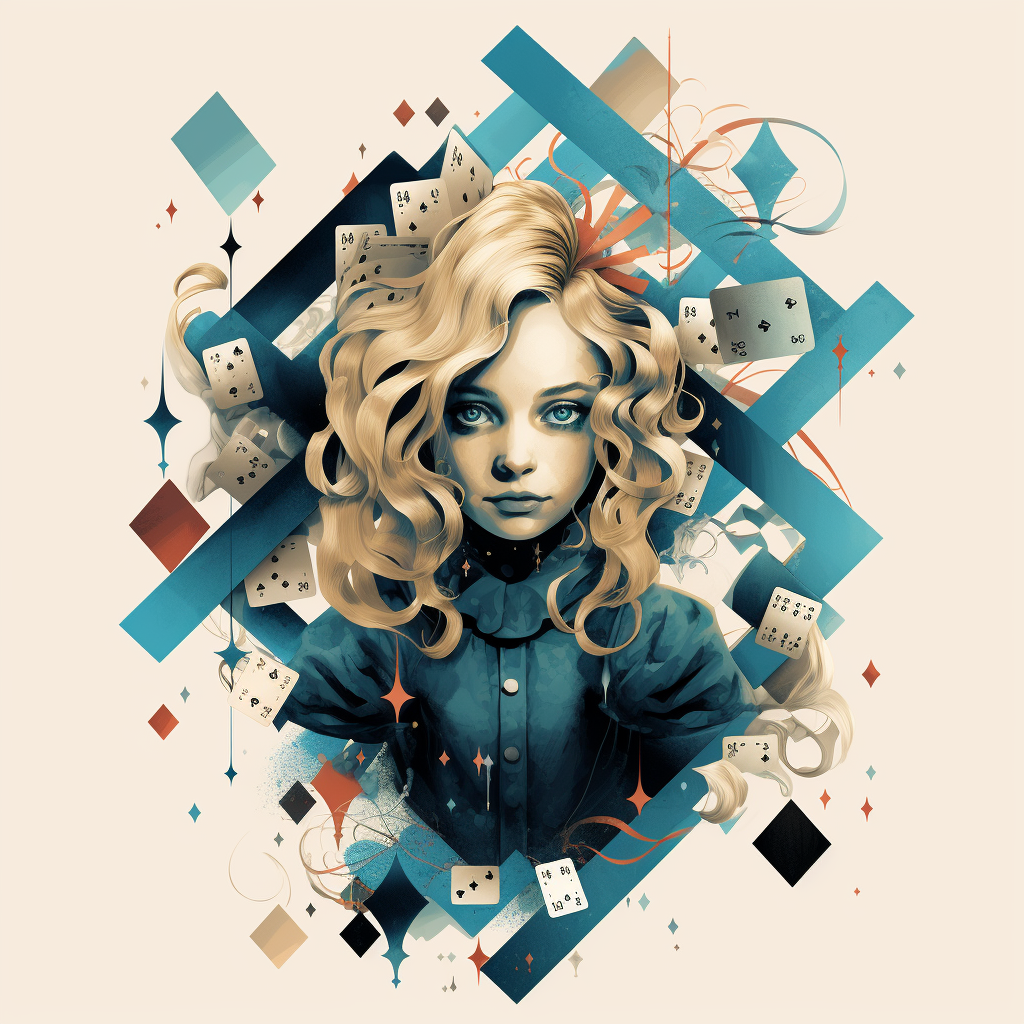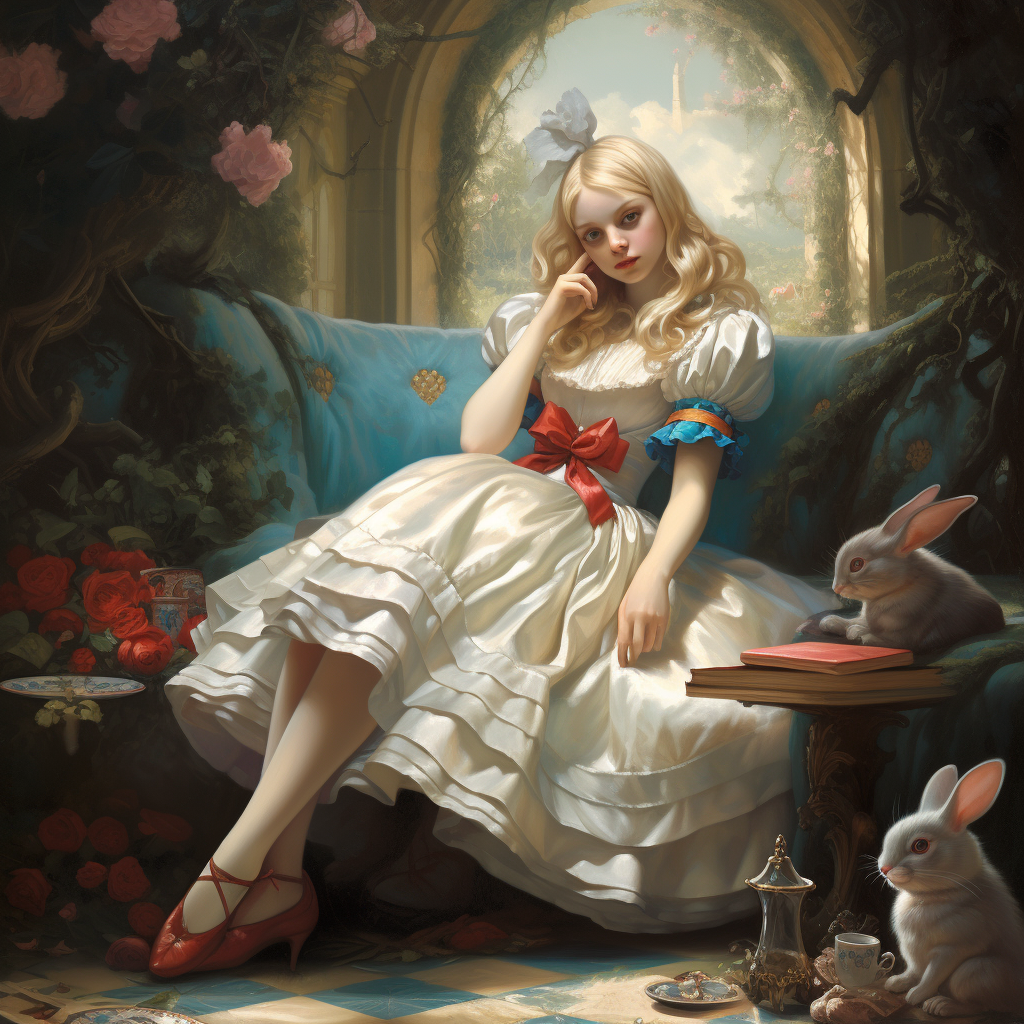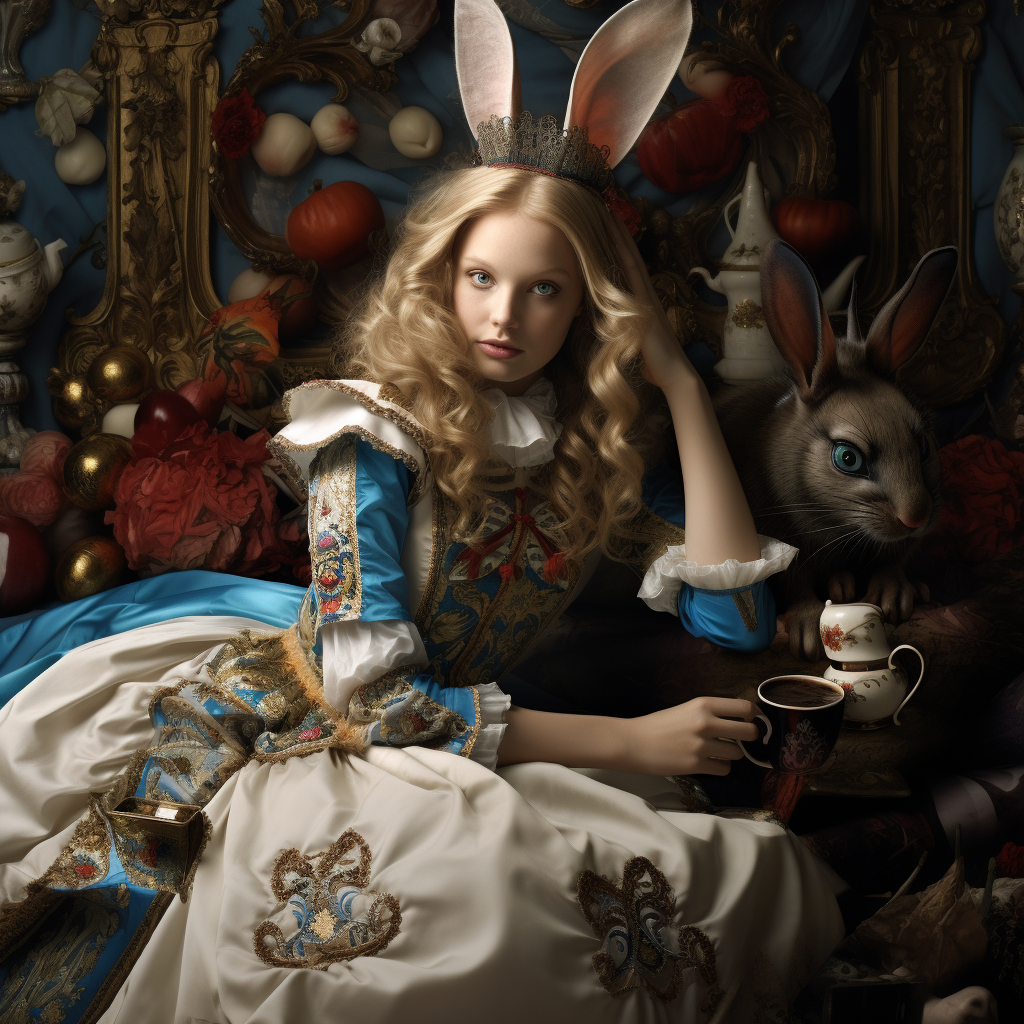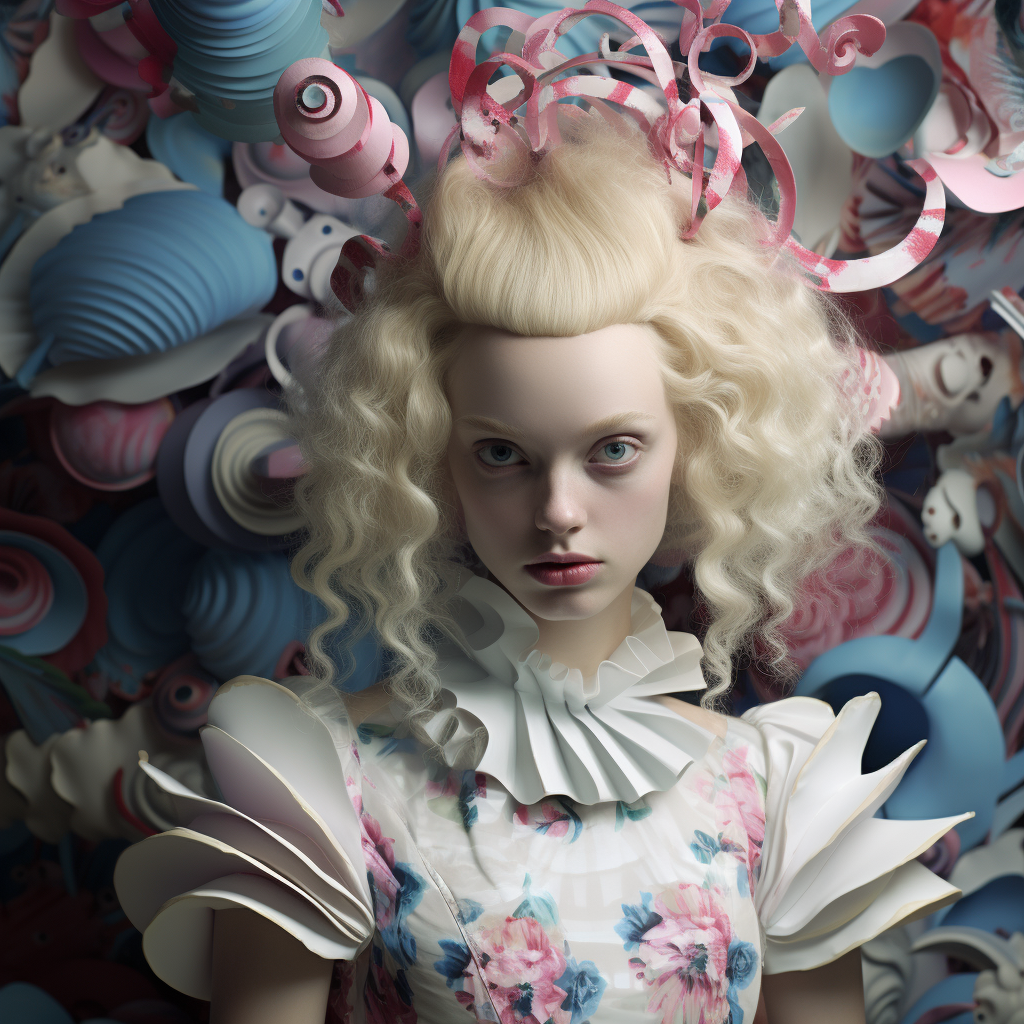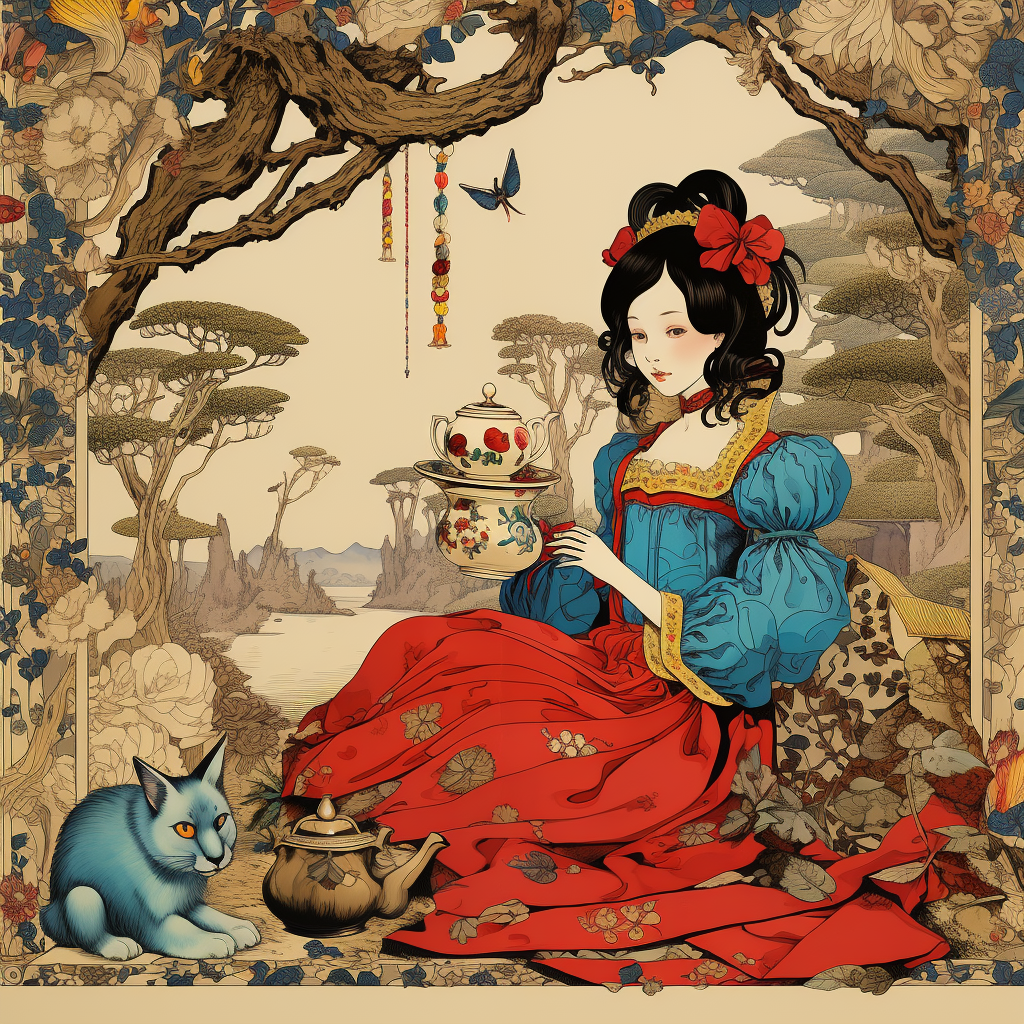The AI art generator MidJourney works best when standing on the shoulders of giants. Instead of letting its imagination run wild with your prompt, give it structure by tapping into established art styles. First, let's look at how it's done.
Methodology
To show how the different art style modifiers work, we'll be using exactly the same prompt in every image, with only the art style part of the prompt changing. Keep in mind that some art styles (e.g, Bauhaus) work better with images that have particular subjects, but for the sake of parsimony, we'll stick to the same prompt. In this case, we'll choose a public domain fictional character - Alice from Alice in Wonderland
The prompt is: Alice In Wonderland [Art Style]
So let's have some fun and try out a few cool art style modifiers that can give your prompt a sense of time and place.
I'll be the first to admit that I'm no art expert. The descriptions of the various art styles below are essentially what Wikipedia or an art history textbook might tell you. This is, however, a short list of the many different art style modifiers I've tried, and in general, the ones I've picked out here have the most spectacular or dramatic results.
1. Art Nouveau
Born in the late 19th century, Art Nouveau is a seamless fusion of natural and geometric motifs, exuding elegance and fluidity. This style is often characterized by long, sinuous lines and whiplash curves inspired by natural forms. It is also known for its intricate details, lavish ornamentation, and harmonious balance between form and function. Using this style modifier with MidJourney, expect a touch of the organic mixed with the architectural in your AI art.
2. Art Deco
Art Deco is a striking visual style from the roaring twenties, recognizable by its geometric patterns, angular shapes, and bold color palette. The style combines luxury and technology, producing streamlined designs that are opulent yet futuristic. Art Deco in your AI artwork could bring about a sleek synthesis of linear precision and stylish modernity.
3. Minimalism
Minimalism is an art style that emerged in the late 1950s, emphasizing simplicity and objectivity. It's characterized by an ultra-simplistic aesthetic, using fundamental geometric forms and a limited color palette. A Minimalist touch in your AI art means stripping down to the core essence of artistic expression, freeing your artwork from the excess of ornate details.
4. Bauhaus
A design movement originating from Germany in the early 20th century, Bauhaus, is the epitome of form meeting function. It's all about clear lines, bold colors, and geometric shapes. Bauhaus-inspired AI art could incorporate architectural elements and spatial dynamics, manifesting a harmonious balance of art, technology, and industry.
5. Gothic
Gothic art, emerging from medieval Europe, is known for its dramatic and powerful aesthetics. This style features intricate details, ornate patterns, and strong religious iconography. Gothic-inspired AI art might lend a sense of mystery and grandeur, characterized by its poignant arches, lofty towers, and vibrant stained glass effects.
When applied to a subject such as Alice here, however, you're more likely tap into the other type of gothic art which refers to the goth fashion movement. Either way, adding "gothic" to the end of your prompt will result in some spooky (yet epic) results.
6. Geometric
A modern art style, Geometric art, emphasizes the use of simple geometric shapes such as circles, squares, and triangles. The use of precise lines, repetition, and a clear sense of order are hallmarks of this style. Implementing a Geometric style in your AI art could result in a rhythmic interplay of form and color, creating structured yet dynamic visuals.
7. Classicism
Rooted in the art of Ancient Greece and Rome, Classicism epitomizes balance, harmony, and proportion. It usually features mythological and historical subjects, detailed and polished, with an emphasis on dignity and simplicity. Classical style in your AI art may convey a sense of timeless elegance and historical resonance.
8. Baroque
Baroque originated in the 17th century and is all about drama, emotion, and opulence. It is characterized by intricate details, rich colors, strong contrasts, and dynamic movements. In your AI art, Baroque may bring an expressive, grandiose aura.
9. Avant-garde
As the 'advance guard' of artistic innovation, Avant-garde art pushes the boundaries of what is accepted as the norm. This style often challenges traditional notions of aesthetics, offering fresh, unconventional perspectives. An Avant-garde style in your AI art might result in cutting-edge visuals that explore the frontier of artistic expression - or just give you something wonderfully weird.
10. Ukiyo-E
Ukiyo-E, is a traditional Japanese art style that emerged in the 17th century. It typically features genre scenes, landscapes, and portraits, rendered with great subtlety and elegance. Employing Ukiyo-E in your AI art could introduce elements of serenity and beauty, evoking a profound connection with nature and everyday life.
Tips and Tricks
How well MidJourney manages to implement a given art style depends on a number of things. Here I tried to keep things as simple as possible to show how changing a single word in the prompt changes the entire look and feel of a piece, but in practice, it takes a little more to get the results you'd want. Here are a few tips and tricks:
- Add More To Your Prompt: While adding a word like "gothic" to the end of your prompt will give you something interesting, but it also helps to add additional words that are relevant to that style, such as "church", "arches," etc. If you use elements that are conducive to that style, you'll get MidJourney closer to successfully emulating it.
- Use Custom Aspect Ratios: Some art styles lend themselves more to certain frame shapes. For example, I have found that Art Nouveau works really well with portrait aspect ratios such as 9:21. You can add "--ar 9:21" or any other aspect ratio numbers at the end of your prompt to get a custom shape.
- Add Artist Names: If you're going for a specific style, it can help to add the name of an artist that's associated with that style. For example, if you're using Baroque, you can add Vermeer or Rembrandt to your prompt. Usually, I'd only use the name of one artist, but you can get interesting syntheses by using more than one too.
This is just the tip of the iceberg; the key is to experiment as much as possible and combine art style modifiers in your prompt with other elements to get something really unique and pleasing.

